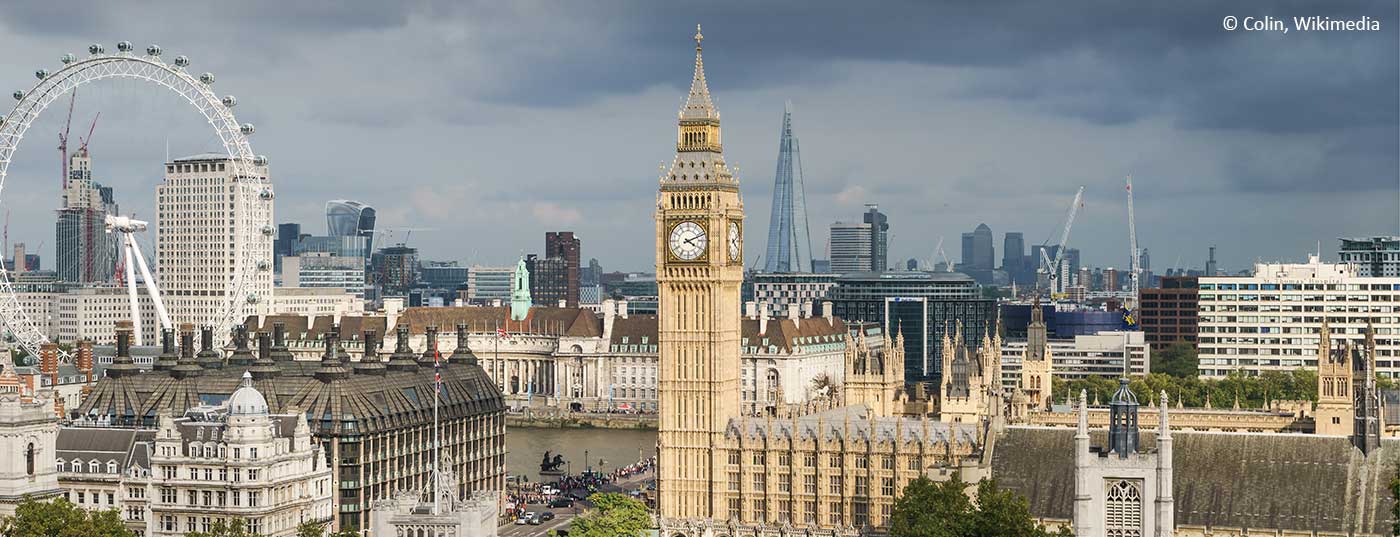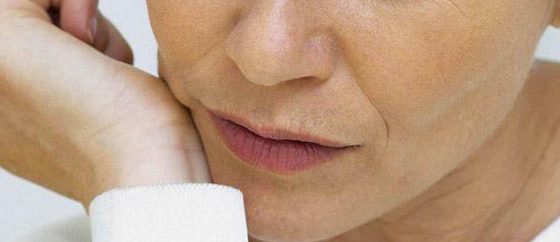In recent years, impressive results have been published on autologous hematopoietic stem cell transplantation in patients with multiple sclerosis. In a pro-con debate at the 32nd Congress of the European Committee for Treatment and Research in Multiple Sclerosis (ECTRIMS), not only the opportunities of this option but also its risks were discussed.
With more than 9300 participants from nearly 100 countries, this year’s congress of the European Committee for Treatment and Research in Multiple Sclerosis (ECTRIMS) set a new record. And with over 2000 abstracts submitted, a new record was also set in this area. Among the 65 scientific sessions in the congress program were several “Hot Topic Sessions.” Each of these were pro-and-con debates on a particular topic. One such controversy involved the role of autologous hematopoietic stem cell transplantation (aHSCT) in relapsing-remitting multiple sclerosis (RRMS). Prof. Gianluigi Mancardi, MD, Italy, represented the side of the proponents in this debate.
Impressive results achieved
Right at the beginning of his presentation, Prof. Mancardi clarified two points: “First, autologous hematopoietic stem cell transplantation is not a therapy for all MS patients. However, it is a potential option for patients with a severe, aggressive disease course. And second, aHSCT leads not only to immunosuppression, but to immune resetting.”
He went on to explain that the history of aHSCT in MS began as early as 1995. “At that time, mostly patients with progressive MS and a high degree of disability received this therapy. The progression-free survival at five years achieved by the treatment was 46%, which is a good result considering the patient population treated,” he commented. It had also become clear by that time that aHSCT exerted a profound effect on the inflammation associated with MS. “On several occasions, complete disappearance of MRI activity has been noted for many years after transplantation,” Prof. Mancardi explained.
Several more papers on aHSCT in MS have now been published in the last two years. In this regard, the speaker emphasized, “This work included, to a large extent, patients with aggressive RRMS.” For example, a Swedish study included a total of 48 patients, including 34 (83%) with RRMS [1]. Five years after aHSCT, disease-free survival (no relapses, no new MRI lesions, and no EDSS progression) was 68%. Another paper from the USA included only patients with RRMS (n=25) [2]. Event-free survival at three years here was 78.4%. “This is remarkable,” Prof. Mancardi commented in this context. A case series also published in 2015 included 123 patients with RRMS and 28 with secondary progressive disease (SPMS) [3]. After four years, survival without disease activity (no acute relapses, no progression, and no Gd-uptaking or new T2 lesions) was 68%.
The most recent work now included 24 patients, half with RRMS and half with SPMS [4]. In the period between diagnosis and aHSCT, a total of 167 clinical relapses and 188 Gd+ lesions were recorded. Within a median follow-up of 6.7 years after transplantation, no further relapse occurred in the studied population and no new Gd+ lesions were registered. “This confirms the profound effect of this treatment on inflammation,” Prof. Mancardi opined. Sormani et al. have also recently found that significantly more patients have no evidence of disease activity (“no evidence of disease activity” [NEDA]; i.e., no relapses, no disability progression, and no MRI activity) two and five years after aHSCT, respectively, compared with patients treated with disease-modifying therapy [5]. This was despite the fact that transplanted patients generally suffered from more active MS than patients in clinical trials. As Prof. Mancardi concluded, in his opinion there is no doubt that aHSCT is effective in patients with aggressive RRMS.
Method not without risks
Prof. Dr. Jeffrey Cohen, USA, then took the podium as a representative of the contra position. He made it clear at the outset that the data available to date on aHSCT, with one exception, would be from noncontrolled phase II trials or case series, which also show great heterogeneity in terms of study population, follow-up, as well as the conditioning protocol used for immunablation (Table 1) [1–4,6]. “I agree that the data, taken as a whole, support high and sustained efficacy of aHSCT, but the method must be used in the appropriate patients,” Prof. Cohen said. “I think it’s especially young patients with a relatively short duration of disease who have highly active MS with clinical and MRI activity despite first- or second-line therapy who can benefit from this option.” However, he also emphasized the flip side of the coin: “aHSCT is not without risk.” Acute, severe toxicities, for example, have been registered in all of the studies mentioned, he said. “These were mainly early toxicities, mainly related to conditioning and the subsequent aplastic stage. In addition, some late effects were also described, such as secondary autoimmune disorders or herpes zoster, he said.” Regarding transplant-related mortality, recent data from a meta-analysis were presented at the congress [7]. It showed that mortality decreased significantly after 2005 (from 3.6% per year before 2005 to 0.3% after 2005).

Finally, Prof. Cohen said: “I think we have to look at the situation in a differentiated way. The data available so far may justify aHSCT in selected patients, but not its general use as an alternative to currently available potent agents and monoclonal antibodies.” To define the role of aHSCT in MS more precisely, he said, the efficacy and safety of this method must be compared with currently available, highly effective therapies in a prospective, randomized study.
Source: 32nd Congress of the European Committee for Treatment and Research in Multiple Sclerosis (ECTRIMS). 14-17 September 2016, London/UK.
Literature:
- Burman J, et al: Autologous haematopoietic stem cell transplantation for aggressive multiple sclerosis: the Swedish experience. J Neurol Neurosurg Psychiatry 2014; 85: 1116-1121.
- Nash R, et al: High-dose immunosuppressive therapy and autologous hematopoietic cell transplantation for relapsing-remitting multiple sclerosis (HALT-MS): a 3-year interim report. JAMA Neurol 2015; 72: 159-169.
- Burt RK, et al: Association of nonmyeloablative hematopoietic stem cell transplantation with neurological disability in patients with relapsing-remitting multiple sclerosis. JAMA 2015; 313: 275-284.
- Atkins HL, et al: Immunoablation and autologous haemopoietic stem-cell transplantation for aggressive multiple sclerosis: a multicentre single-group phase 2 trial. Lancet 2016; 388: 576-585.
- Sormani MP, et al: NEDA status in highly active MS can be more easily obtained with autologous hematopoietic stem cell transplantation than other drugs. Mult Scler 2016 Apr 26. pii: 1352458516645670. [Epub ahead of print]
- Mancardi GL, et al: Autologous hematopoietic stem cell transplantation in multiple sclerosis: a phase II trial. Neurology 2015; 84: 981-988.
- Sormani MP, et al: Autologous haematopoietic stem cell transplantation in multiple sclerosis: a meta-analysis. Ectrims 2016, Abstract P751.
InFo NEUROLOGY & PSYCHIATRY 2016; 14(6): 46-47.











